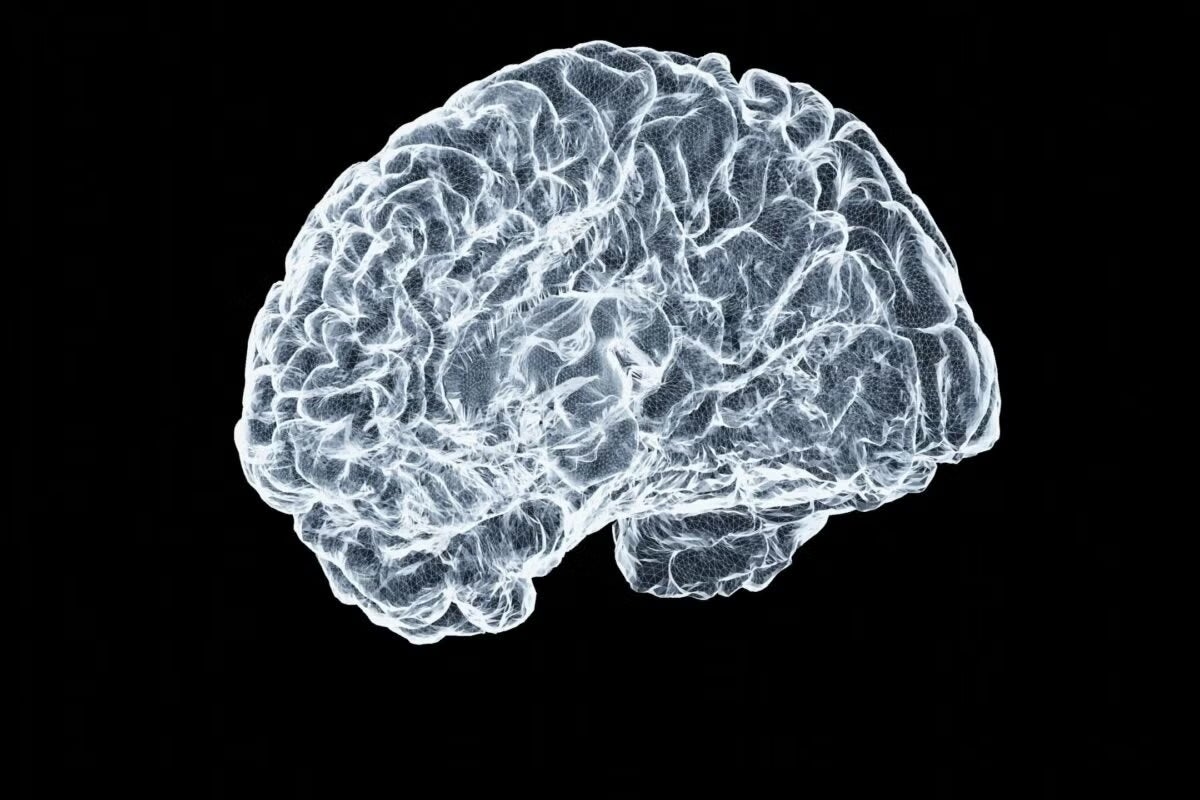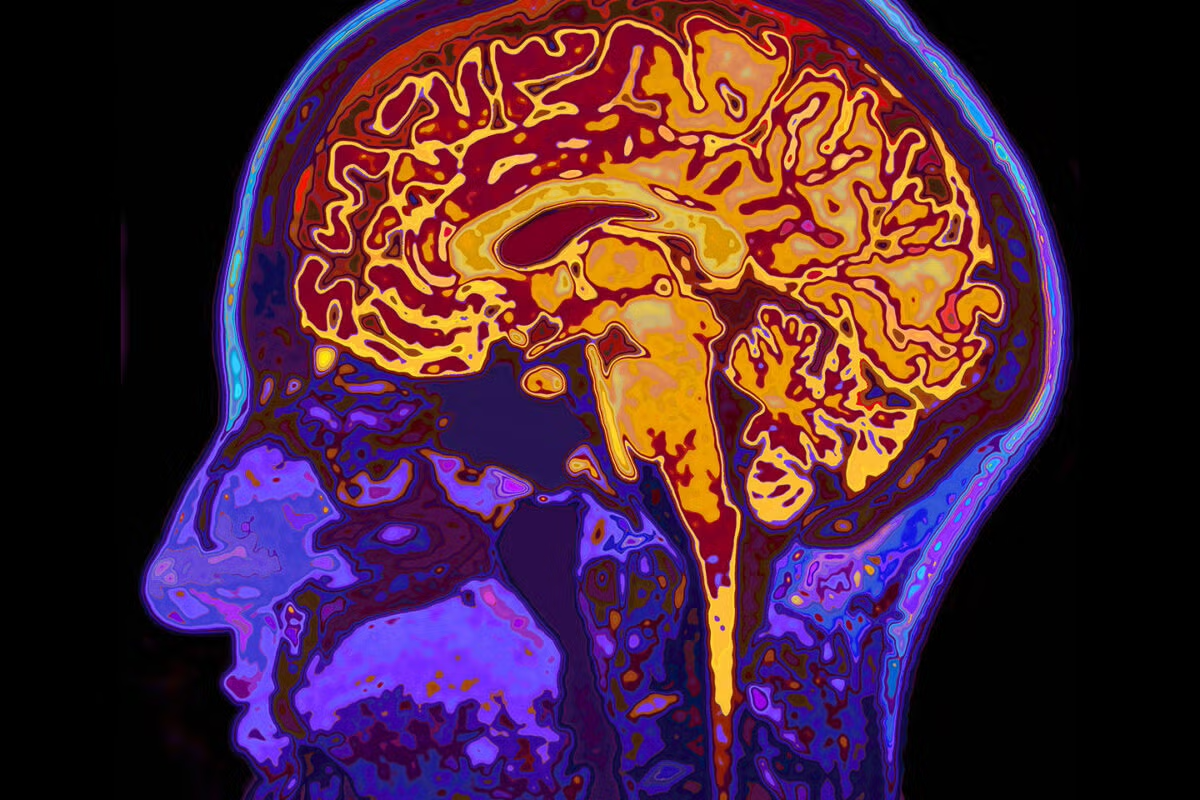Why Do our Eyes Move as They Do? UT Scientists Have New Answers to That

Photo by Wendel Moretti.
Humans move their eyes about two or three times a second, even when we're concentrating on a particular object or image, but the reason for these tiny eye movements has never been very clear.
Back in the 1960s, a Russian psychologist named Alfred Lukyanovich Yarbus studied eye movement and tracked the way people looked at things. His theory was that humans move their eyes because of the structure of the eye itself. Human eyes have a feature called the fovea, an area of closely packed visual receptors in the center of the retina. Humans see best when the fovea is focused on whatever they are trying to see. Everything around the edges is actually blurry. Yarbus theorized that humans move their eyes to get a full, in-focus picture of their surroundings, and this helps the brain process visual information clearly.
In a paper out today in Nature Neuroscience, University of Texas at Austin neuroscientists say there's probably more to it than that.

An image like the first one shown here appears clear to an eye in motion. In reality the human eye only focuses on a small portion of the whole (middle image). A mouse would have nearly nothing in focus (bottom image). Photo courtesy of The University of Texas at Austin.
While studying mice in an unrelated experiment, Jason Samonds, a research associate in the lab of Associate Professor Nicholas Priebe, found that mice also made tiny eye movements at a rate similar to humans. But mice don't have a fovea in their eyes. The visual receptors are scattered nearly evenly across the retina in mice, leaving them with uniformly poor vision.
"If it doesn't help the mice to move their eyes, why do they do it?" Priebe asked. "The fovea is absent in many mammals, and they still move their eyes."
The movement has less to do with the structure of our eyes, and more to do with the structure of our brains, the neuroscientists believe.
"In our brains, if a neuron is seeing the same thing for an extended period of time, it shuts down to conserve energy," Samonds said. "The timing of that shutdown matches up with how often we're making [these eye movements]. It may be that the eye is moved just enough so that each neuron is seeing something new and stays engaged."
Samonds, Priebe and Wilson Geisler, a professor of psychology at UT Austin, analyzed how large eye movements would need to be for mice, cats, primates and humans to see something new. The scientists found that the sizes matched up with their observed eye movements. Subjects with better vision, like humans, made smaller eye movements, while the subjects with poorer vision, like mice, made larger eye movements.
"The motor system is adapting to the constraints of the visual system, as well as to what type of information exists in the world," Samonds said.
The research was supported by grants from National Health Institutes and a Human Frontier Science Program Grant.



